Have you ever wondered why we have weird, funny names and terms we use on board? Or perhaps we’ve become so accustomed to them that we’ve stopped asking why or how such words came into existence.
I always think about this, especially during my first time as a cadet on board. There are just so many peculiar names and terms that my fellow crewmates casually toss around every day.
After a few months, I started picking those words also and started asking around why or how they call such things that way. To my surprise, many didn’t know how it originated. They just left it as it was while using the terms casually.
In this post, I will enlighten you about their meanings and historical origins. Here are some of them
1. Why do we call catwalks, CATWALKS on ships?
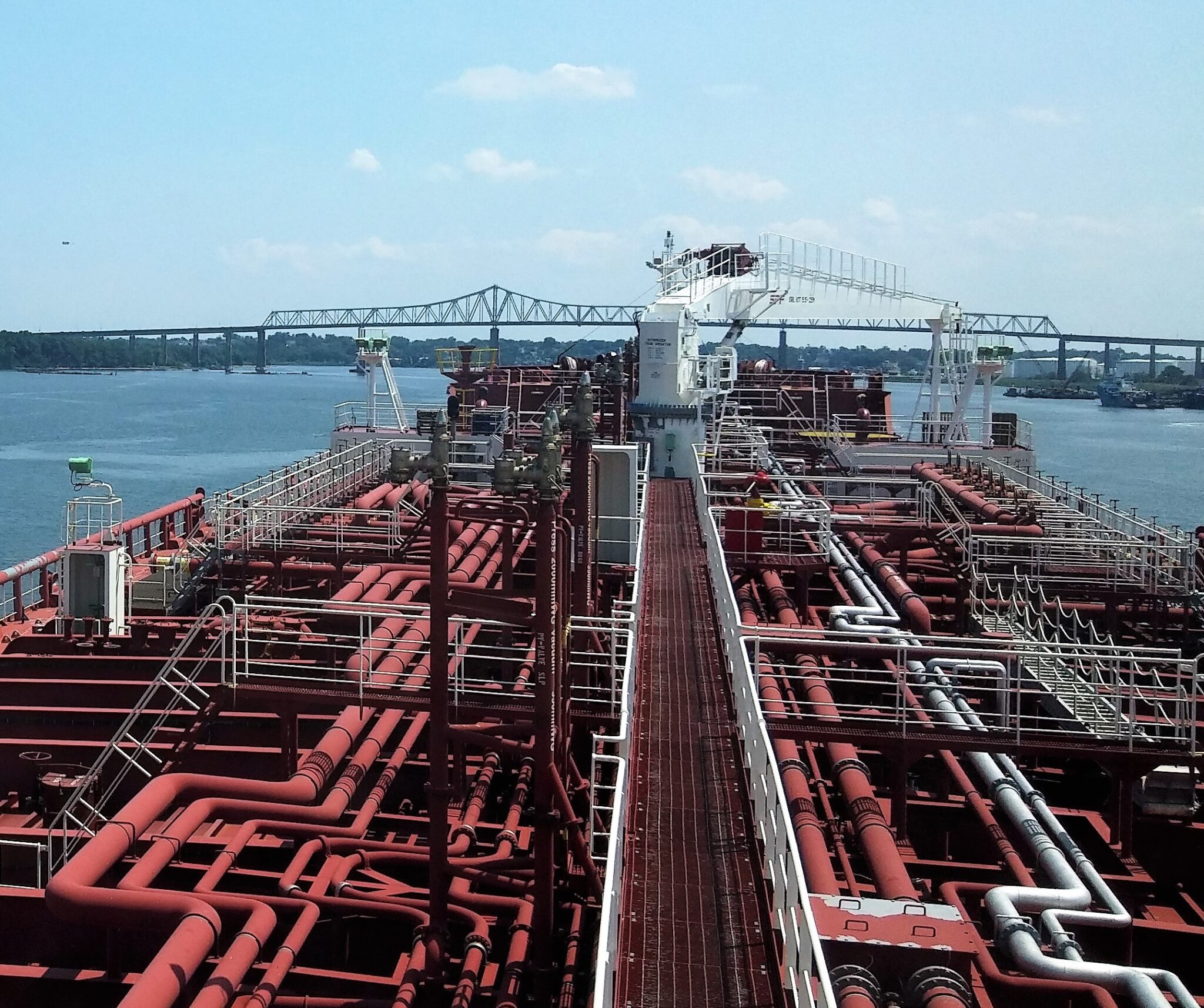
We all know that seafarers do not make sexy fashion shows while walking on this narrow pathway in the middle of the ship. But why are we calling them catwalks when in fact, there are no cats on board?
Here’s why and as the name suggests, it has something to do with cats.
In general, a CATWALK is a raised walkway. The term CATWALK that we use on board is a small passageway above the deck and outside the accommodation.
Legend proves that cats love heights and generally hate water so much. If you are a cat, the safest place to pass on deck would be the middle using the platform above deck level.
We call this walkway CATWALK because it’s the place where we most likely won’t get wet when going out on deck. Makes sense?
2. Why is CHIEF MATE called KAMOTE?
There are many legends about this.
First, in ancient times, there was a second officer who wanted to be promoted to Chief Mate. However, when he assumed the position, he wasn’t very familiar with his job. That’s why he ended up having a hard time. In our language, we call this, “nangangamote.”
But not everyone is like that. In fact, I’ve sailed with many Chief Mates who are skilled, knowledgeable in their work, and kind to the crew.
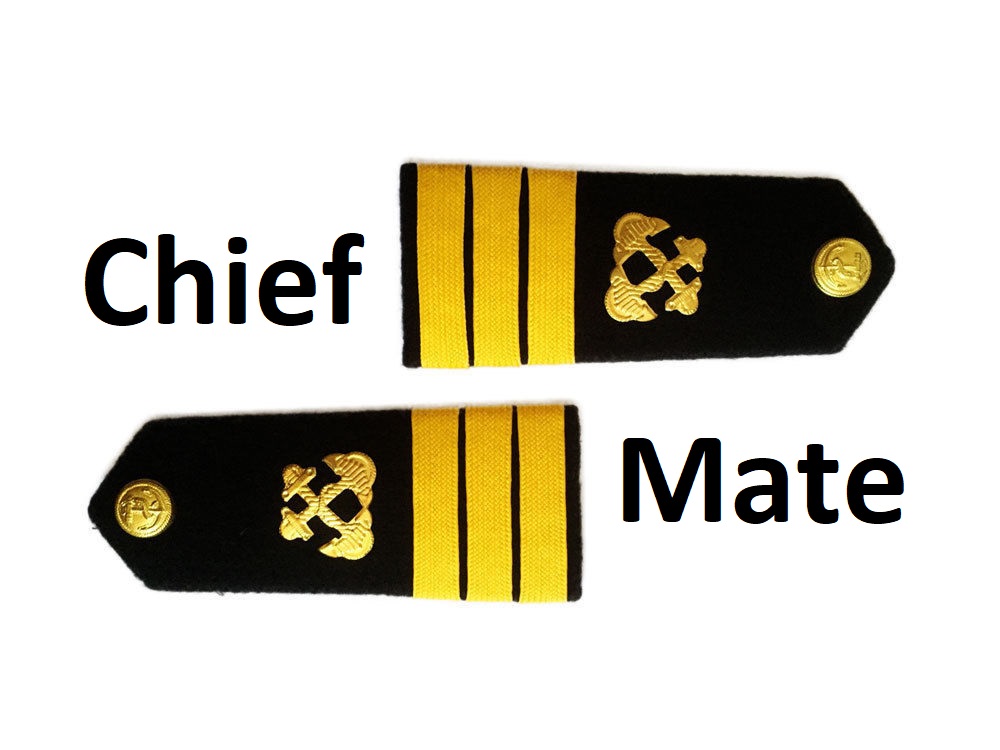
Second legend.
We call the Chief Mate “kamote,” not because they don’t know their job, but because it’s also a code name, especially when we’re with crew members from other countries.
It’s because if they keep hearing the term “Chief Mate,” they might think we’re speaking ill of them even if we don’t.
3. Why do we call the right side of the ship STARBOARD SIDE and the left side, PORT SIDE?
The main reason for this is to avoid confusion because everyone has their own right and left side whichever direction he faces.
For example, if you are facing aft, your left and right side is different from the one facing forward. To avoid this, the term Starboard Side and Port Side is used. It’s also useful in giving directions or identifying the location of something on deck like on the starboard side gangway or port side manifold.
But how did these terms come into being?
First of all, Sailors value tradition.
During the era when ships were just small, most of them were steered from the right-hand side of the stern (facing forward) because most paddlers were right-handed.
As the ships grew larger, the steering paddle also grew bigger and became permanently fixed to the right side of the ship.
In Old English, it was called “Steorboard” which means the side on which the ship is steered. Later on, it evolved into what we call today as STARBOARD.
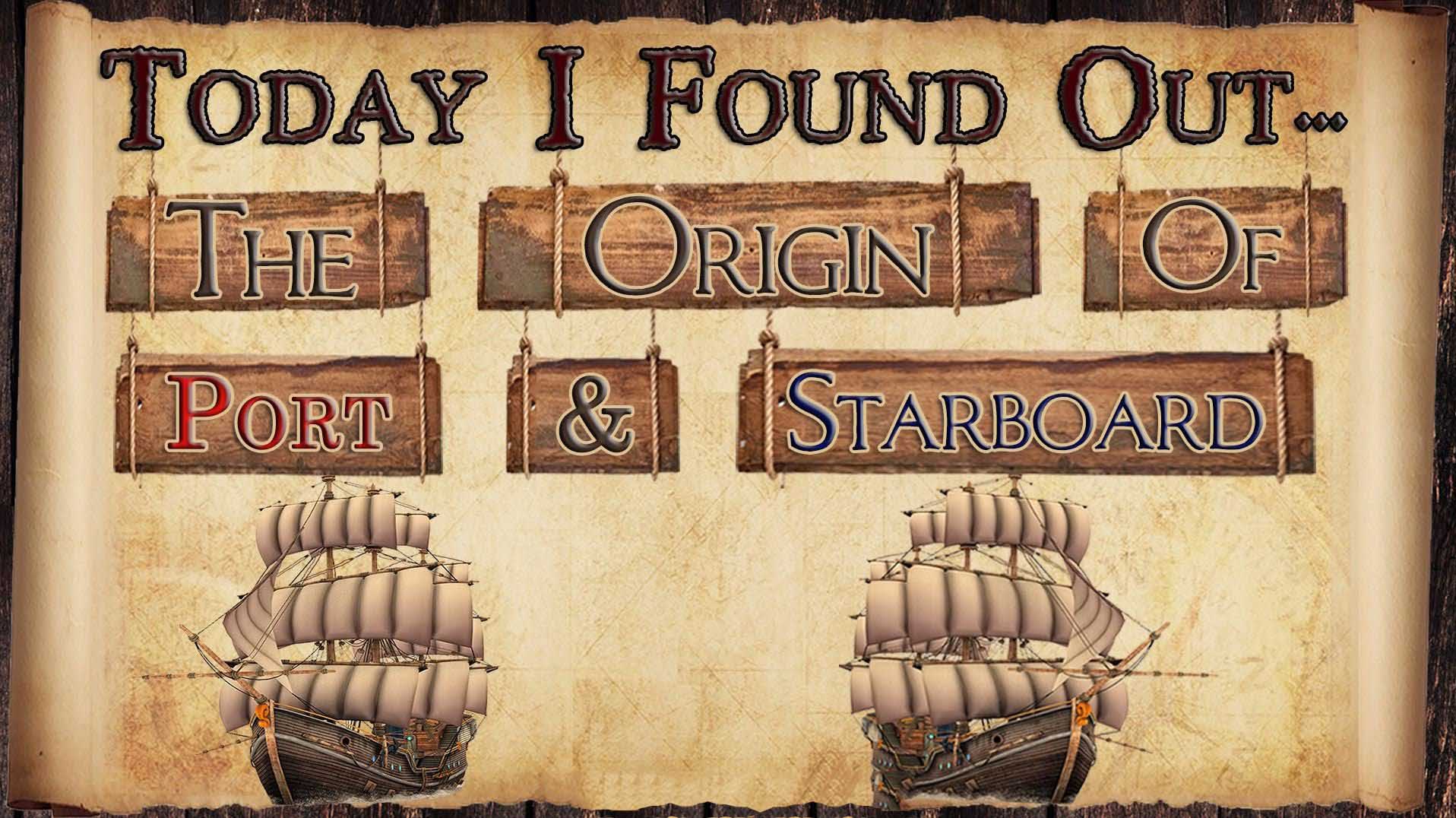
What about PORT SIDE?
Let’s go back to that same history.
Since the rudder is fixated on the right-hand side of the stern, the rudder would be vulnerable to damage if berthed on the Steorboard side.
So what they did was to generally berth at the left side of the ship (facing forward). They call this side “Larboard” which came from the Middle English word “Ladebord” with the term “lade” related to the modern English word load. Remember the term “Bill of Lading“?
The Larboard side is where the cargoes are loaded.
But Larboard is confusing with Starboard. So they changed the name to Port Side because it is the side where the ships go alongside or the side that docks to the port.
4. Ships have POOP DECK. Is it what I think it is?
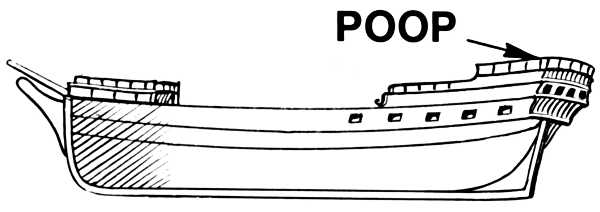
Unfortunately, Poop Deck has got nothing to do with poo, toilet, or sh*t.
The word Poop comes from the word “Poupe” which is the French word for “the stern of a ship”.
That’s it. No further drama.
And one more thing, the Constellation Argo Navis or Ship of Argo- the ship which Jason and the argonauts used to find the golden fleece, was broken down into three smaller constellations.
And guess what the Stern of that ship was called. Puppis!
5. Why do we call BRIDGE the name of the ship’s BRIDGE?
All types of ships have a bridge but they don’t literally bridge anything. Why is this?
This started during the time when they began building steamships. In those periods, when propeller was not yet discovered, they used paddlewheels to move the ship.
These are huge wheels fitted on each side of the ship that paddles while rotating on its axis. Those wheels were positioned on the starboard and portside of the vessel. Since they are too big (about eight to ten feet above deck level), they obstruct the view around the ship especially for the Captain and the lookouts.
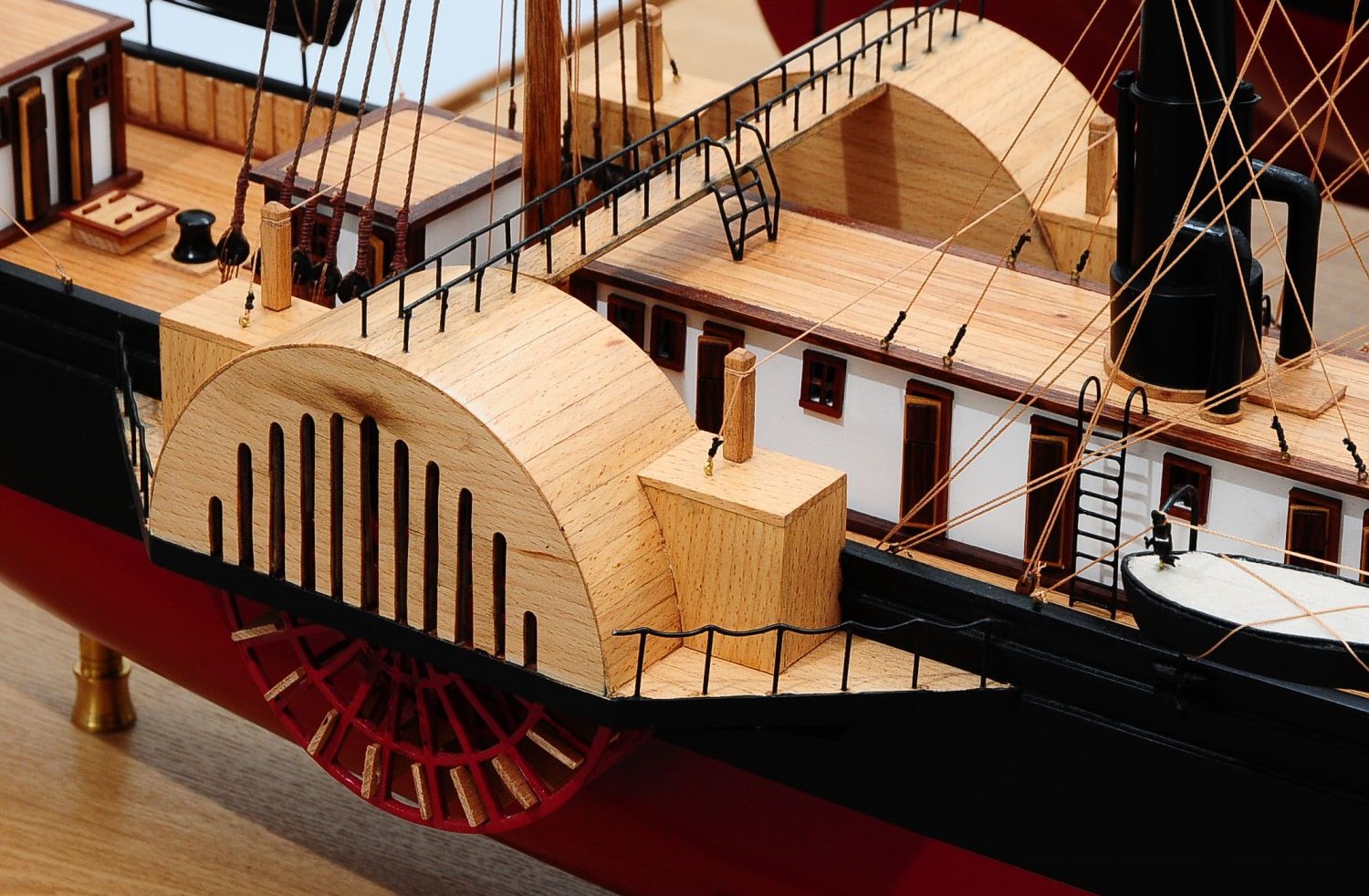
Then and there, they figured out that putting a platform above and between the two paddle wheels would be a good idea to have a clearer view of the surroundings.
The bridge spans the entire vessel, just like any bridge spanning a gap, and it provides the best view for the officers to observe what’s happening.
6. Why are ships referred to as “SHE“?
To answer this, I offer you this beautiful poem.
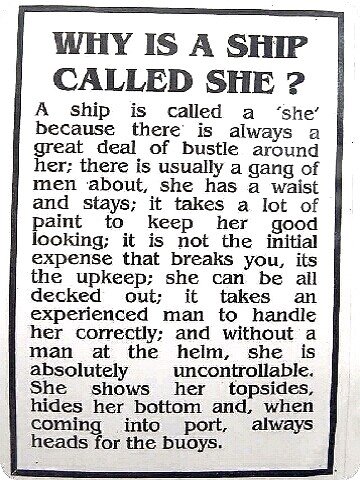
One more thing, it was told a long time ago that women carry life. Any ship that can sustain life in a perilous environment that normal people can’t live in should appropriately have a feminine name.
7. MONKEY ISLAND? Do we have monkeys on board?
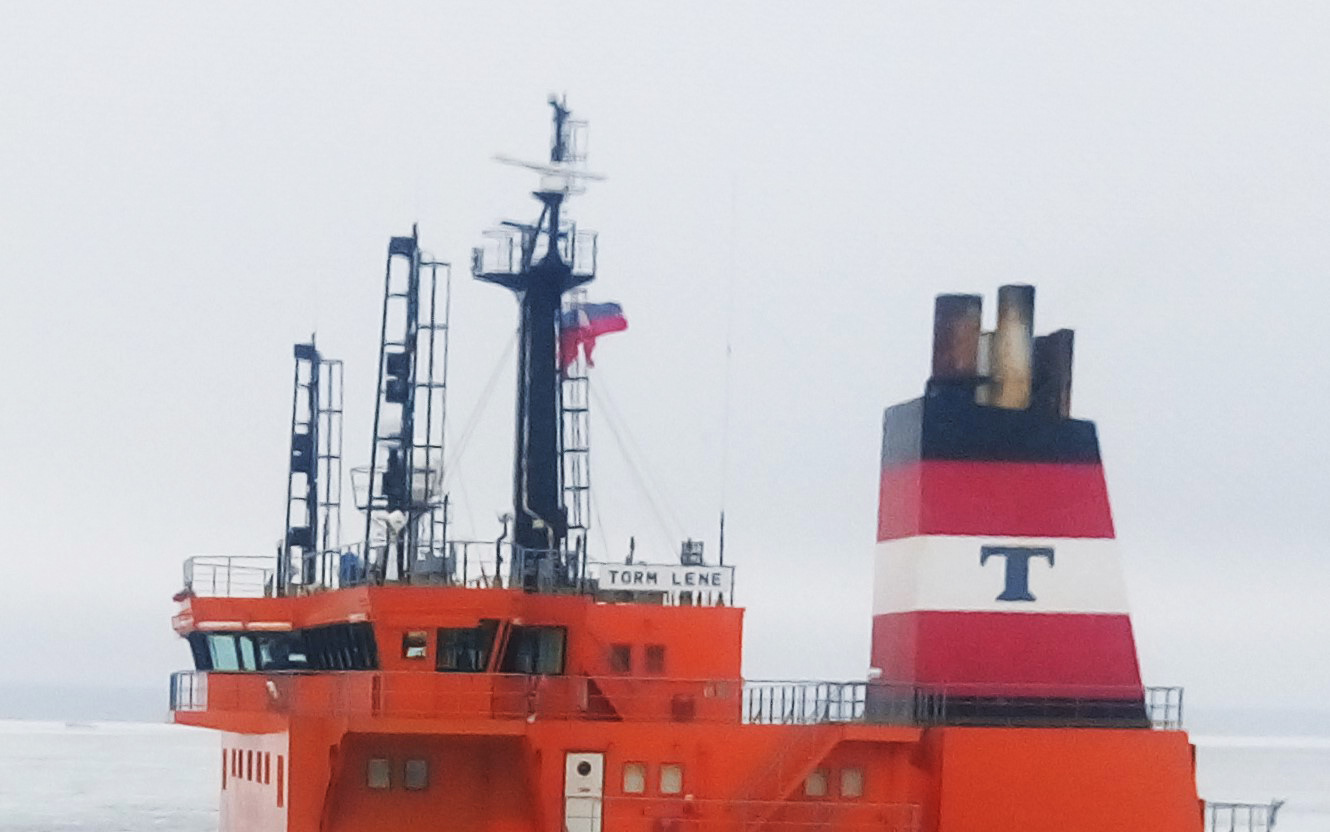
If you watch Pirates of the Caribbean, you will see a small monkey climbing around. That’s a supporting reason they can call it Monkey Island.
But even up to now, we still call Monkey Island the highest point of the ship even if we know there are no monkeys there. This is because of tradition.
Long ago, sailors would scramble up rigging their sails on the mast. They would be as skillful as monkeys to do this kind of job. Lookouts were also posted on that part.
Since sailors would climb like monkeys during their time, that area was called Monkey Island. Today, Monkey Island is a part of a ship located above the navigating bridge.
8. Why is the end part of an Anchor Chain that is attached to the ship called “BITTER END”?
Truly a bitter ending. That’s what happens when you lose your anchor together with the whole length of the chain when the bitter end breaks!
But is that really the main reason? Let’s see.
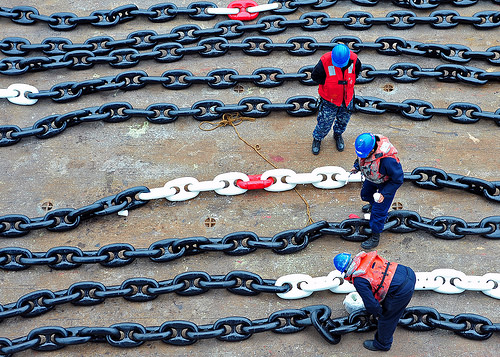
Before the anchor chain was introduced on board, sailors used rope to tie their anchor on one end and secure the other end on a strong point of the ship.
That strong point is called “bitt”. It’s similar to the bitts that we have on board.
9. Why is a Mariner’s Speedometer called SPEED LOG?
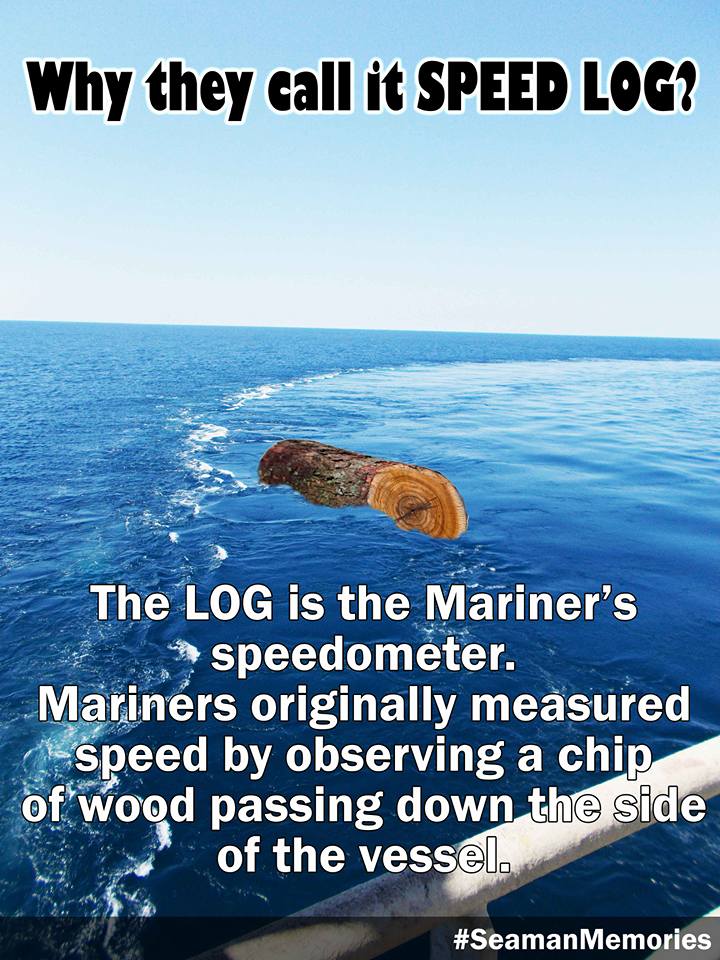
The LOG is the mariner’s speedometer. Mariners originally measured speed by observing a chip of wood passing down the side of the vessel.
Now there you go. You have the distance which is the ship’s length and the time for the log to travel from forward to aft.
Do the math and you will have SPEED.
10. Why is KNOTS the unit of measure for a ship’s speed?
Nautical miles per hour is also called KNOTS. Both terms are kind of far and unrelated. But it goes like this.
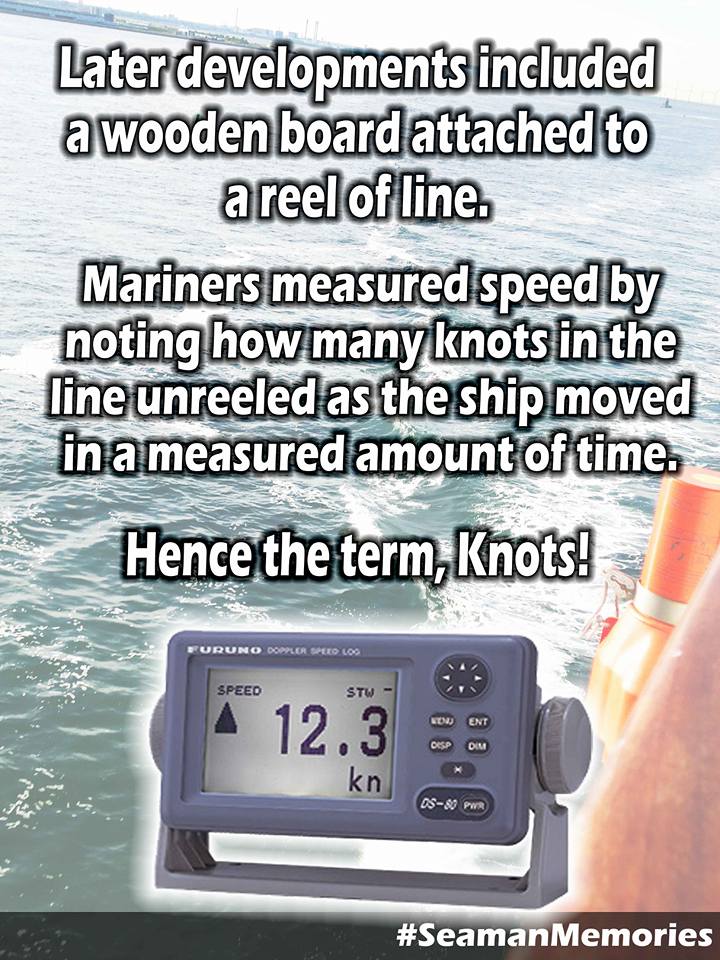
After using a piece of wood, Mariners developed a new technique for predicting the ship’s speed.
In this new method, they tied knots at uniform intervals throughout the length of a rope They fastened a piece of wood at one end and secured the other end at the stern of the ship.
As the ship moves through the water, the piece of wood is dropped into the sea while allowing the rope to unreel freely.
The speed is calculated by counting the number of knots unreeled at a specific amount of time usually measured using an hourglass.
11. Why is the Captain’s cabin positioned on the starboard side of the ship? Is it because he is always right?
Yes. And no.
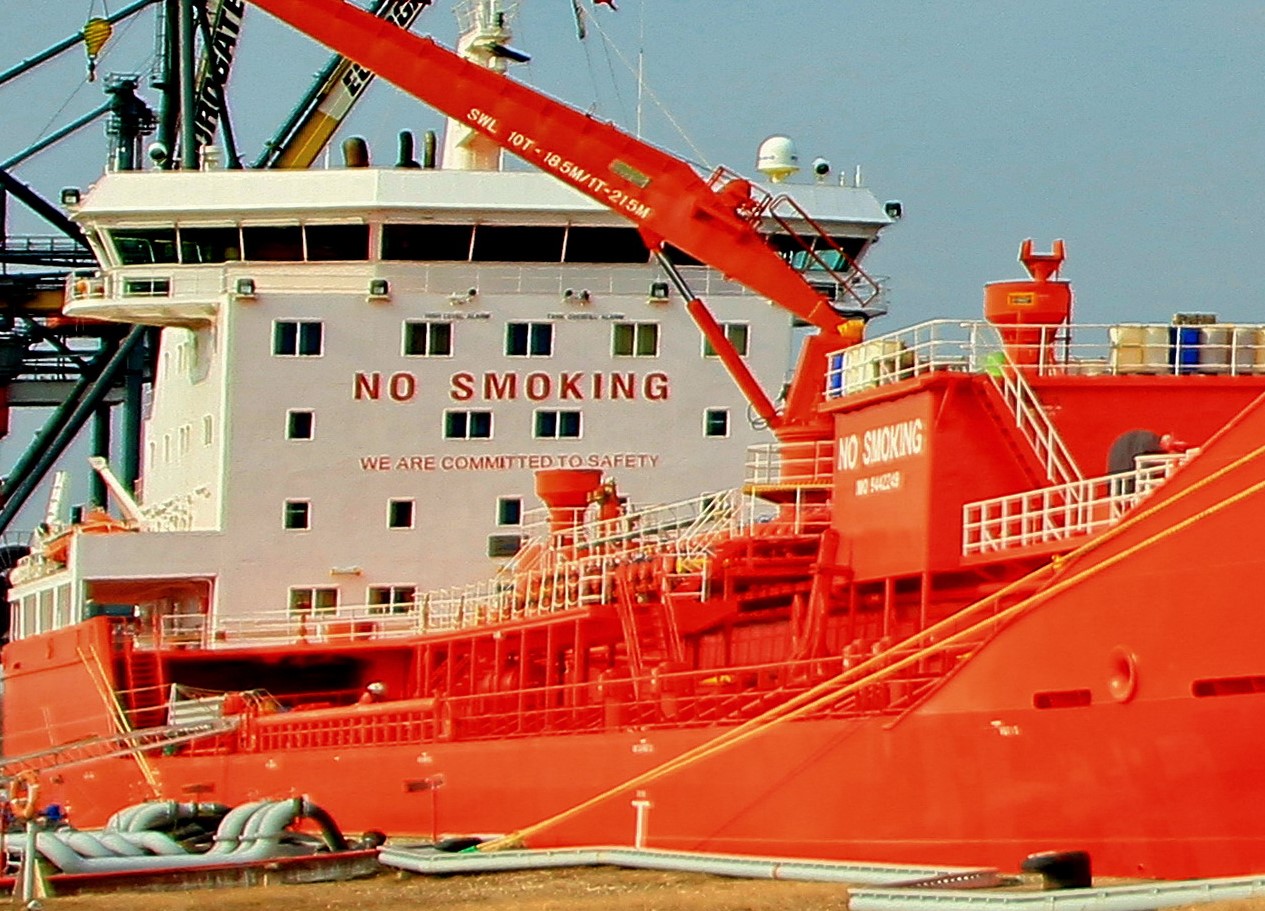
By tradition, the starboard side of the ship is always deemed superior to the port side in every way including flag etiquette and two-man watch system.
The mate’s cabins were also positioned on the starboard side while the engineers (considered before as newcomers in seafaring) were on the port side.
But that was of course history. Today, the reason why the Captain’s cabin is on the starboard side is because of the ROR or Rules of the Road.
He wants to see what’s on the starboard side of his ship so he would know if the OOW on the bridge is taking appropriate actions to avoid close-quarter situations.
12. What is Jige-jige?
“My friend, how much jige-jige?”
The line is iconic. Every seaman, every ship visitor, and every seafarer of different nationalities around the world knows this. Even if they don’t speak English well, and you mention that line above with the closed fist hand gesture, they know exactly what you’re talking about.
But what really is jige-jige?
First, the term jigi-jigi has many forms. Just check out the words below:
- Jiggy-jiggy
- Jige-Jige
- Jigi-jigi
- Jigii-jigii
- Chiki-chiki or Chigi-chigi (least famous but as long as you provide the hand gesture, they’ll get it.)
One thing is certain. They came from the root word “jig” which means, “to move with rapid jerky motions”. Now we’re getting close. As time passed by, it evolved into a colloquial term referring to sexual intercourse.
Its other variation, called jigii-jigii is a Hindi term that means “expressing surprise or pleasure.“
And the last myth that’s very hard to answer is…
13. Who is Mingming? Who is Mario?
If you traveled somewhere in the Mediterranean or even close to it, you’ll hear seafarers call that name.
Do you know who or what they are?
May the winds be in your favor.

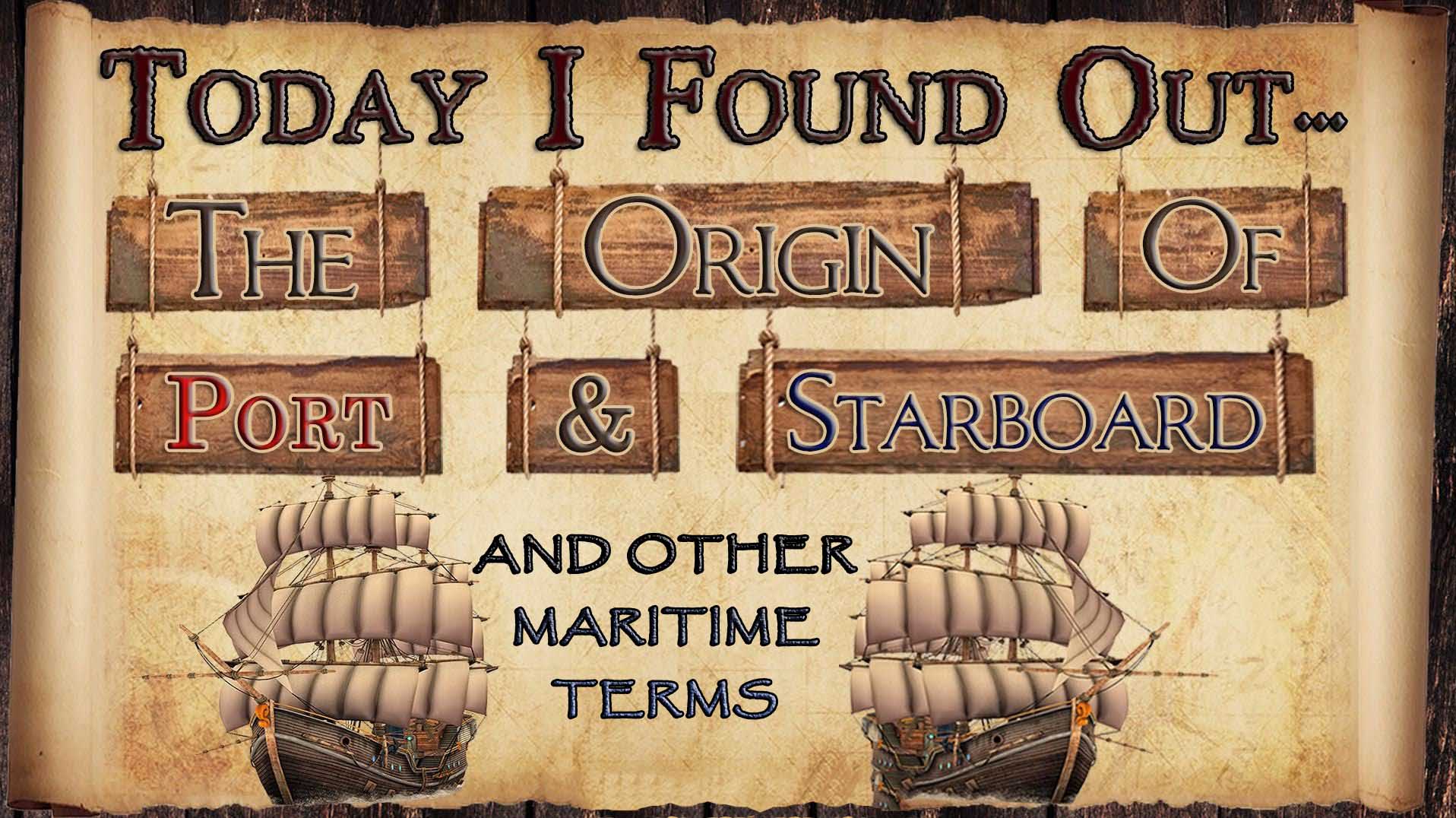
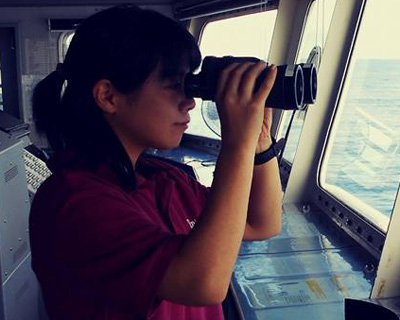
0 Comments